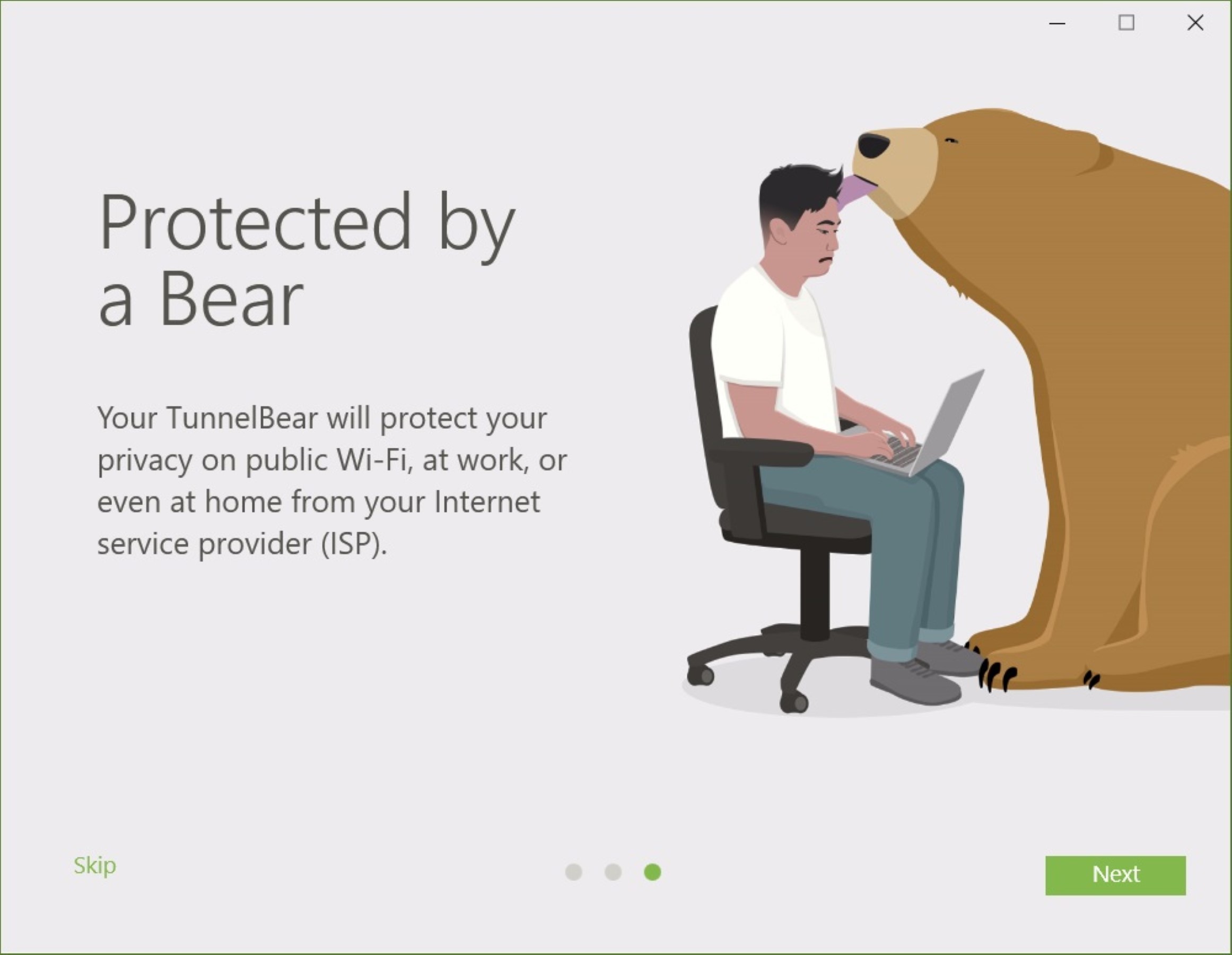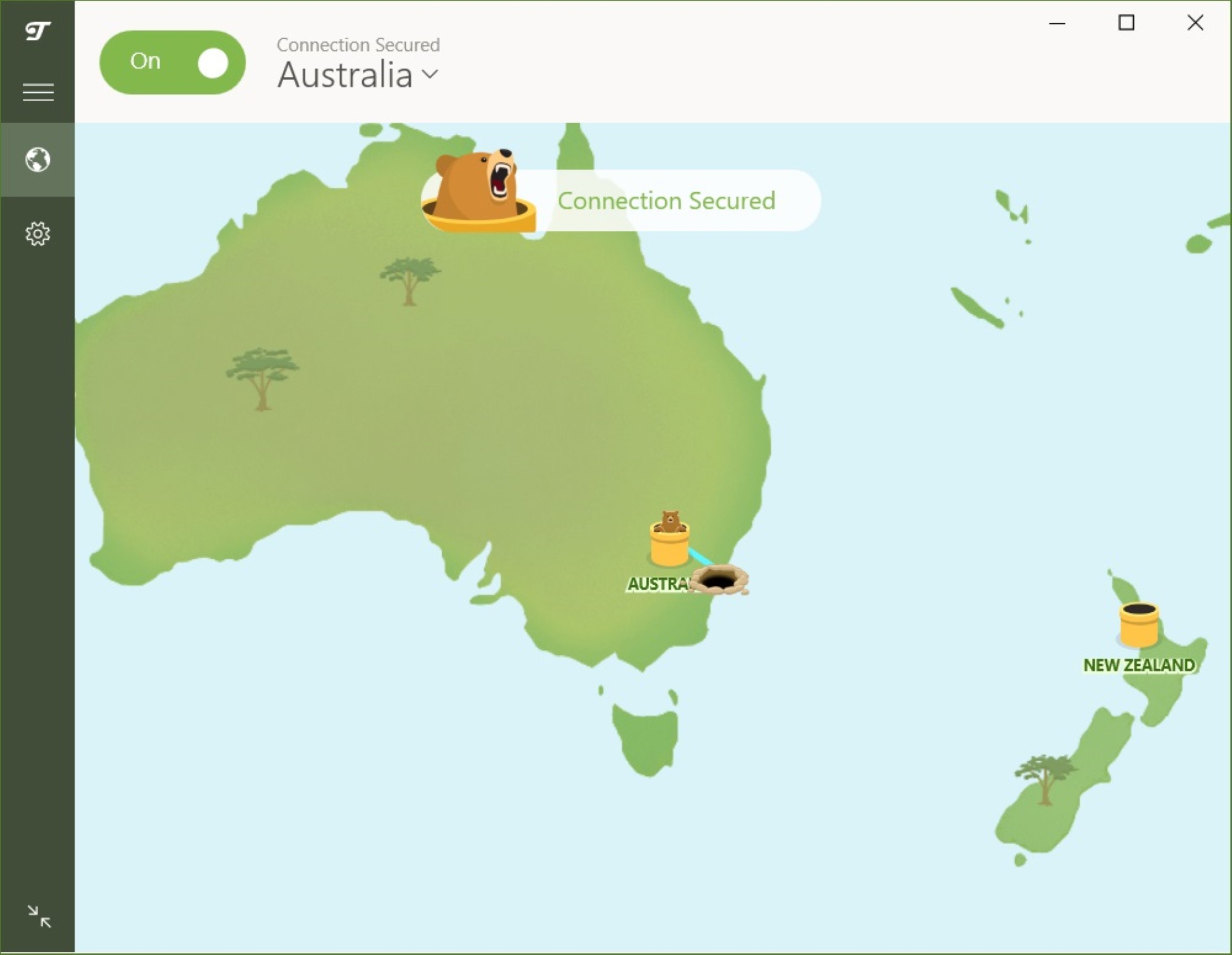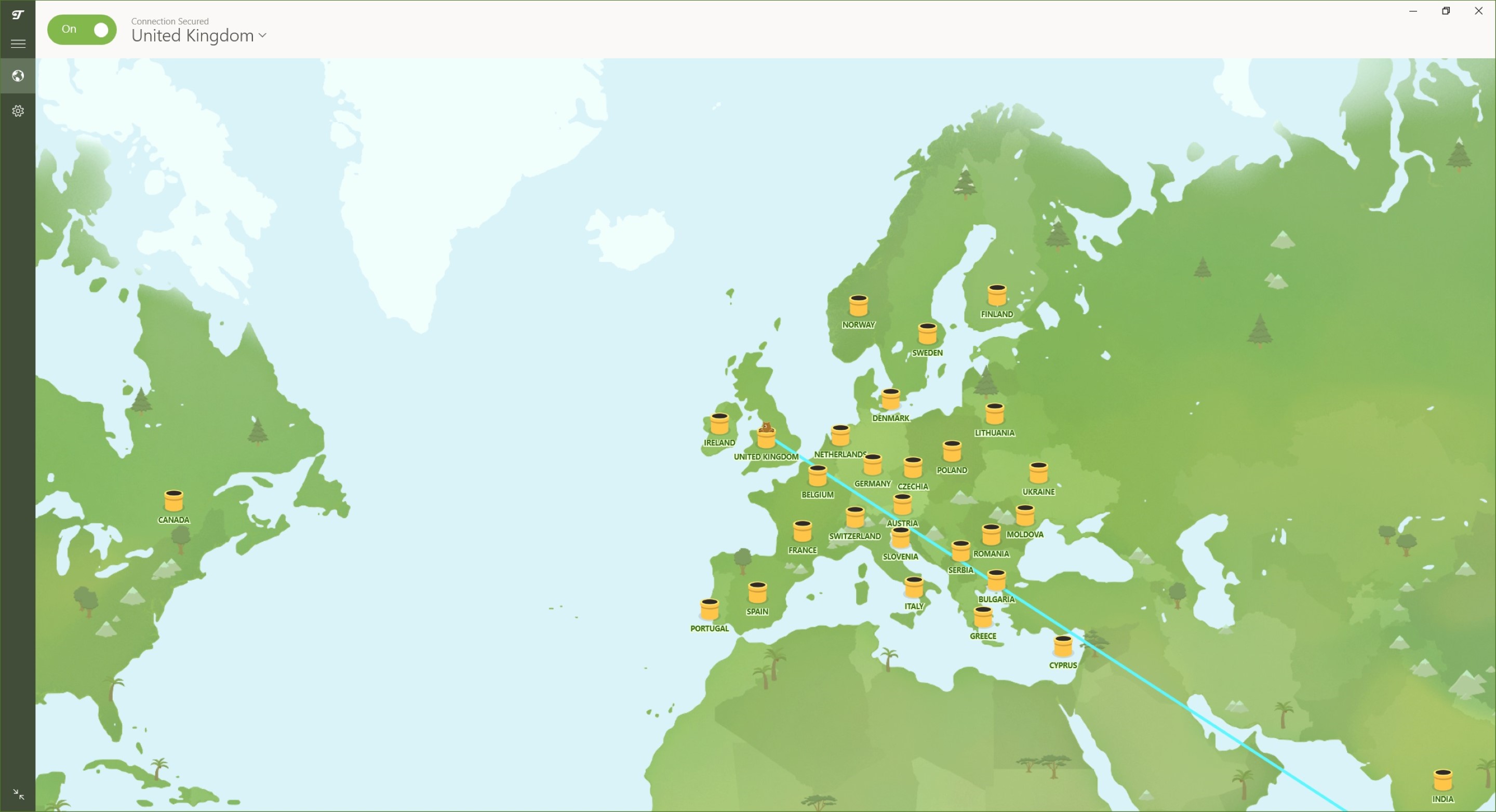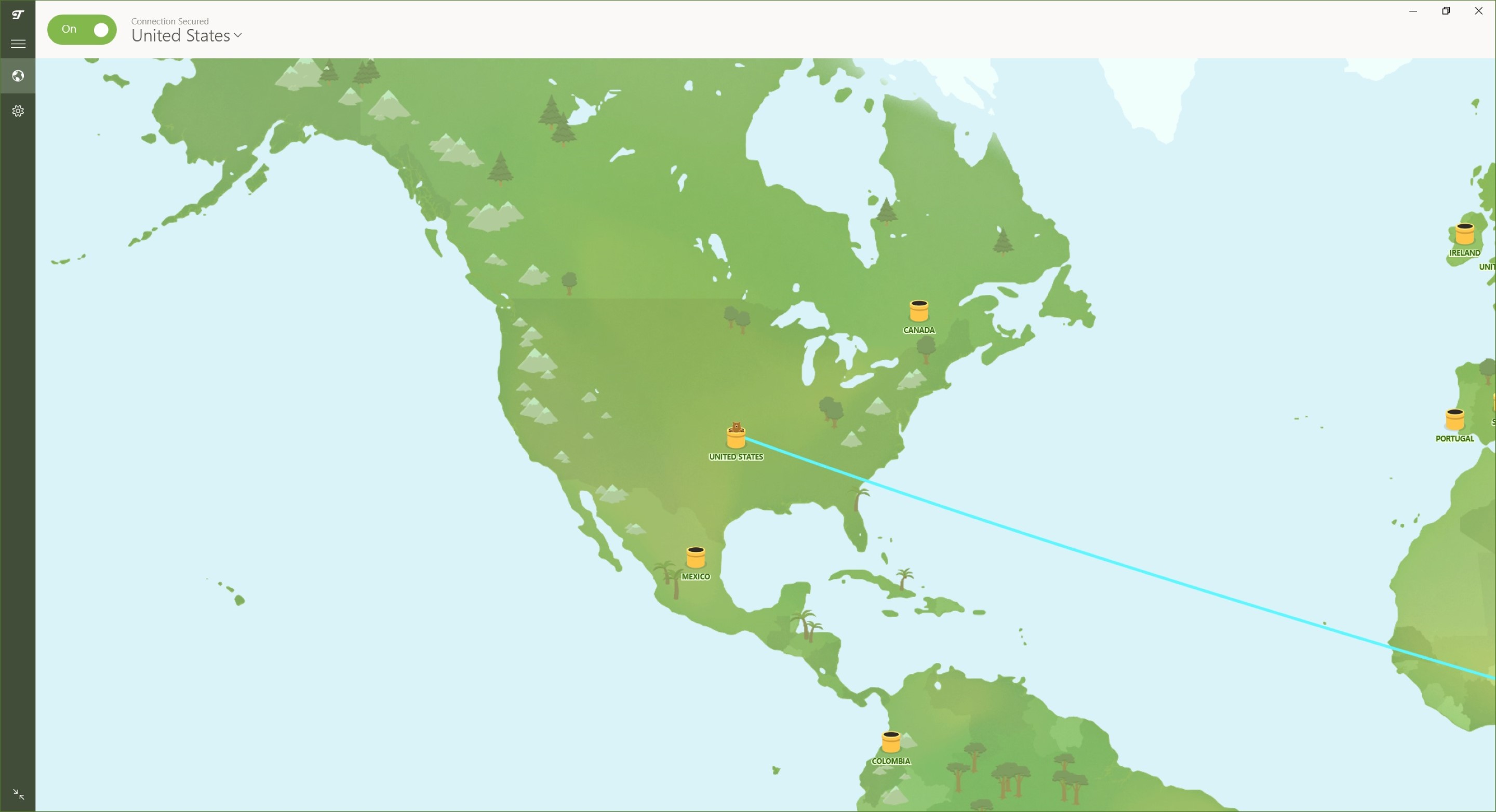Optus Mobile Review ALDI Mobile Review Amaysim Mobile Review Belong Mobile Review Circles.Life Review Vodafone Mobile Review Woolworths Mobile Review Felix Mobile Review Best iPhone Plans Best Family Mobile Plans Best Budget Smartphones Best Prepaid Plans Best SIM-Only Plans Best Plans For Kids And Teens Best Cheap Mobile Plans Telstra vs Optus Mobile Optus NBN Review Belong NBN Review Vodafone NBN Review Superloop NBN Review Aussie BB NBN Review iiNet NBN Review MyRepublic NBN Review TPG NBN Review Best NBN Satellite Plans Best NBN Alternatives Best NBN Providers Best Home Wireless Plans What is a Good NBN Speed? Test NBN Speed How to speed up your internet Optus vs Telstra Broadband ExpressVPN Review CyberGhost VPN Review NordVPN Review PureVPN Review Norton Secure VPN Review IPVanish VPN Review Windscribe VPN Review Hotspot Shield VPN Review Best cheap VPN services Best VPN for streaming Best VPNs for gaming What is a VPN? VPNs for ad-blocking Meanwhile, TunnelBear’s biggest point of difference is a viable free version and a cutesy user interface. Unfortunately, TunnelBear doesn’t have a money-back guarantee like most other VPN providers, instead opting for refunds on a case-by-case basis. While disappointing, this is offset by the free version of TunnelBear that isn’t as fully featured as its premium service but does offer 500MB of secure browsing if you want to try before you buy. Unlike NordVPN, TunnelBear has a genuinely charming bear animation that digs from your current location to where you want to be connected. The Android app is a bit buggy in that the connection switch concerningly sometimes shows as disconnected when you’re actually connected. But at least on the smartphone app you can easily use your finger to scroll to a different location. On PC, you can click and drag, but when I first started using TunnelBear, it was only partially rendering in fullscreen mode, which led to excessive dragging (not to mention hitting the settings cog drags you out of fullscreen). This stopped happening in later tests. The easier way to connect is by using the drop-down menu on PC or the pop-up menu on Android. This is where you’ll find the 41+ countries that TunnelBear claims to have servers in, which was actually 39 by my manual count, organised by Fastest (TunnelBear auto picks the closest server), United States, Canada, United Kingdom, and then the rest of the servers are listed in alphabetical order. TunnelBear was able to identify Australia as the nearest server on PC but got confused on Android after I connected to a New Zealand server, so it was selecting New Zealand as the fastest server instead of Australia. Speaking of servers, TunnelBear is staying mother bear on how many it has, and there’s also no way to manually switch servers, so you’re at the mercy of TunnelBear’s automatic selection. Connecting or switching servers takes up to 20 seconds, which is a lot longer than the handful of seconds most other VPNs I’ve tested take to connect, and led to some massive playback pauses in my music-streaming tests. More concerning is that TunnelBear only occasionally plays nicely with digital gaming services on PC, and while the recommended workaround feature, GhostBear—an add-on that makes encrypted data appear more like regular traffic—did fix the digital platforms, it made Slack stop working, certain webpages were slow to load. Eventually, the feature stopped working. For those keen to use TunnelBear for torrenting, files refused to download or upload in my tests. The table below has test results from my Superloop NBN 100/40Mbps Fibre-to-the-Curb home internet. These results should give you an idea of how TunnelBear performs when connecting to the US and the UK during the middle of the day compared to base speeds when TunnelBear isn’t running. The table below uses the best-case 25% download speed variance when connecting to a TunnelBear US server and the 37% change for a UK server to give you an idea of how well you can expect the VPN service to perform when handling multiple streams. The average typical evening download speeds (TEDs) are used to determine the evening download speeds you can expect from TunnelBear, based on your connection type. Meanwhile, the three columns on the right show how many simultaneous streams you can run (Netflix allows up to four, while Hulu and BBC iPlayer both technically can have unlimited streams).










